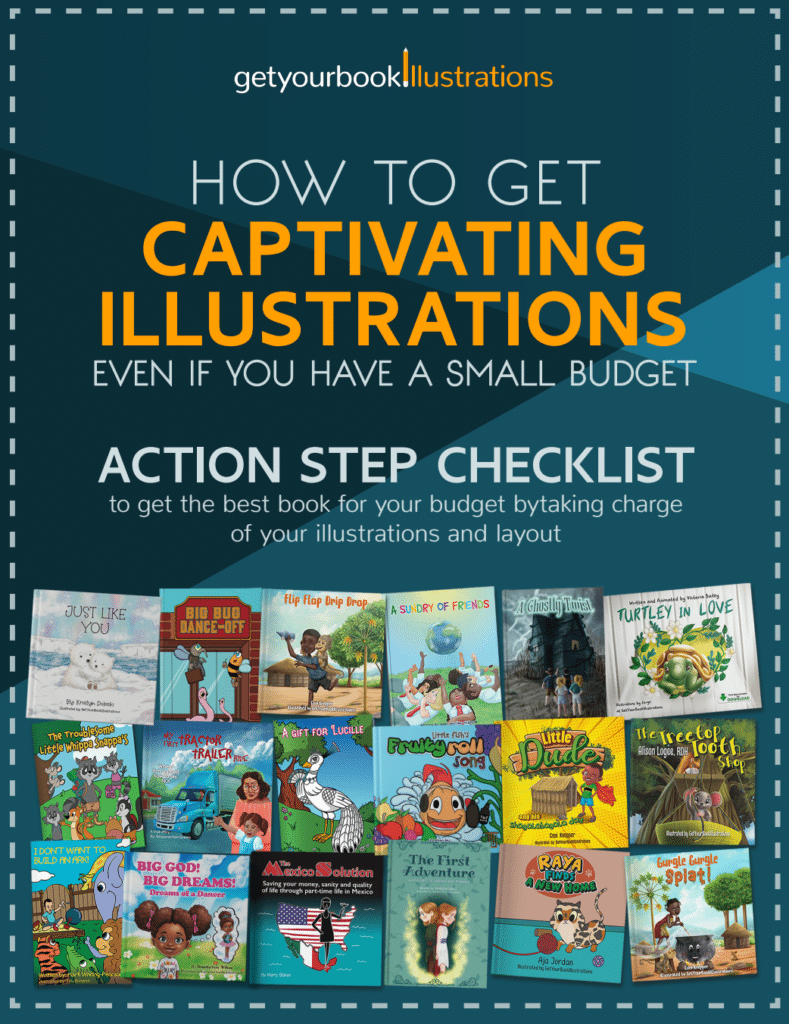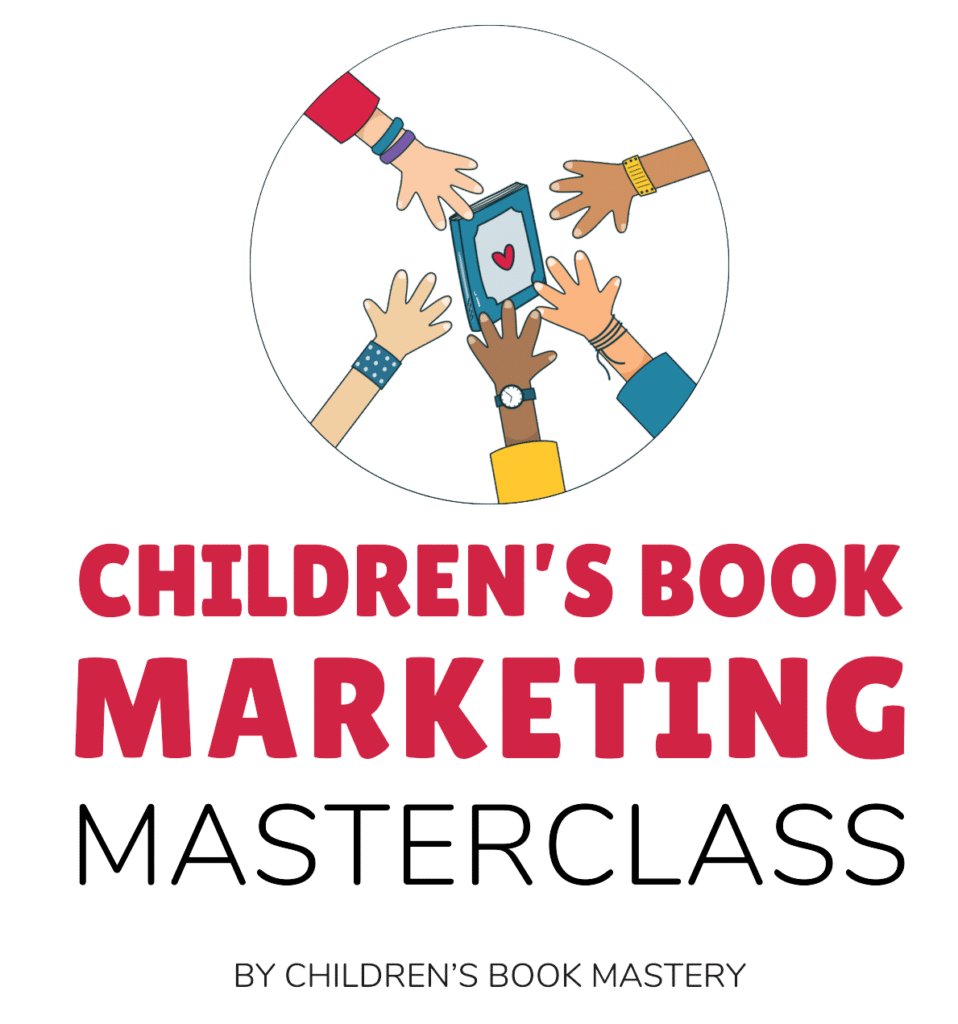How To Plot A Children’s Book
Having a strong plot is essential for a successful children’s book, and how to plot a children’s book is one of the first skills to learn if you want to write a book. Too many authors don’t realise that there is an art to this and exact guidelines to follow. Once you realise this, plotting a book can seem daunting, but with the right approach, it becomes much simpler.
A plot should be easy to follow and exciting for the reader, yet simple enough for children to understand. It is important to make sure that the plot is engaging and has a clear beginning, middle and end. It should include plenty of action and characters that children can relate to and care about. The plot should also have a strong message or theme that is appropriate for children.
Once you have a plot, you can develop the characters, settings, and conflicts. These elements need to be consistent and believable, as this will help to make the plot feel more real for the reader. With the right approach, your plot can turn into a wonderful children’s book that takes readers on a memorable journey.
Alright, so let’s get into all the parts of how to plot a children’s book!
What is a Plot?
The definition of plot is the connected series of events which make up the story or the main events of a story, devised and presented by the writer as an interrelated sequence. Your plot is the backbone of your story. It is the sequence of events that drives the story forward and should include challenges that push the main character to make choices, which gives us building tension and drives the story toward a climax and resolution.
A plot is not a series of random events. It must create a journey of emotions and suspense, build excitement, and serve as a structure that brings all the elements of the story together. In plotting a book, the writer must determine the main conflict of the story, the protagonist, and the supporting characters. The writer also needs to consider the setting, the themes of the book, and how these elements interact with each other. You can also look at other books to see which children’s book settings and themes are common or enjoyable for you.
In a children’s book, the plot should be age-appropriate and relatable to the target audience. It should allow children to connect with the characters and be invested in their journey. A well-developed plot will keep young readers turning the pages, eager to find out what happens next.
This is the most common plot line used for children’s books:

If you study many published books, you’ll see most of them follow this plot line to some extent.
The Parts of a Plot Line
1. Set-up
The set-up of a children’s book is the introduction to the world and protagonist, and possibly other characters, that will feature throughout the story. The set-up is the part that sets the stage before kicking the protagonist into a new reality. It should be brief and only contain what is important to the rest of the story. The setup should make up about 10% of your text, though it could be shorter. Making it 15% or less ensures you don’t let this section drag on. But what’s more important than the length is to pull the reader in. If a reader doesn’t feel a connection with your characters, then they won’t care what happens to them. The word count will vary based on your story and the type of book you are writing. For instance, a picture book set-up can be one sentence to a few sentences, whereas a middle grade novel could have a set-up that is a couple of pages or a full chapter or two. The set-up is not about describing everything about the character, her family, her house, and her school. Ask yourself what’s relevant to the story and what will get an emotional response from readers. Mary wants to be a rocket scientist. Okay. That could be your full set-up (for a picture book).
Always remember, it’s essential to capture your readers’ attention within the first lines of your book. Without something urging them to turn each page, they may never make it to the end.
Here are some tips for creating a strong set-up:
Relatability: To keep readers interested, characters have to be relatable. A way to draw readers’ attention is to take away one of the protagonist’s basic human needs—such as safety or security. It’s why Katniss Everdeen was such a successful character; people understood her need to protect a loved one and provide for her family even if they couldn’t relate to having to kill others to survive. If you want your readers to empathize with your character, try removing a universal need and have them stick around to see if the character can regain the need.
Change: Personal growth, fixing external problems, or a combination of both make for a good plot. Show the changes needed for the protagonist to achieve their goal. This can include showing their biggest flaw, a misconception they have, or the external problem or injustice they must overcome.
Conflict: Conflict elicits emotion, anticipation, and relatability. It can be stated outright or hinted at. For instance, you could write, “Joe longed to be a racecar driver.” This is stating it outright. If you said, “Joe gazed longingly at the cars zipping around the circuit,” you’d be hinting at what Joe wants. The latter is often better, but for young kids you have to be clear enough so they’ll understand. Conflict can manifest externally or internally. If the character has a fight with someone or isn’t allowed to do or have something, that’s external. Characters who struggle with a decision or question themselves are internal conflicts. Including conflict in the set-up will tug at readers’ heartstrings and keep their interest.
2. Inciting incident
An inciting incident, also known as the catalyst, is an event or situation that sets the story in motion and initiates the primary conflict. It’s the point in a children’s book that compels the main character into action, sparks their journey, or propels them into their adventure. Not only does it capture the reader’s attention, but it also allows them to engage with the storyline and the characters. Remember that the inciting incident should occur fairly early in the story, pulling both the protagonist and the audience into the action and conflict.
Here are some examples of inciting incidents in children’s picture books and middle grade novels:
- “The Cat in the Hat” by Dr. Seuss: The inciting incident happens when the mischievous Cat in the Hat unexpectedly shows up at the home of two bored children, Sally and her brother. The cat’s arrival disrupts their ordinary day, leading to a series of chaotic and entertaining events.
- “The Lion, the Witch, and the Wardrobe” by C.S. Lewis: The inciting incident in this classic middle-grade novel occurs when the Pevensie children, Peter, Susan, Edmund, and Lucy, stumble upon a magical wardrobe during a game of hide-and-seek, and they step into the wardrobe and enter the land of Narnia. This discovery sets the course for their epic adventure through the enchanted world.
- “Harry Potter and the Philosopher’s Stone,” by J.K. Rowling: When Harry receives the letter from Hogwarts, which kicks off his magical journey.
3. Building or rising action
The building action, or rising action, refers to the events that build suspense and tension as the plot unfolds. It includes obstacles, challenges, and twists that keep the reader engaged and eager to see how the characters overcome them. The tension is caused by the character having a goal or desire they want to attain and then having to overcome challenges to get to their goal. This part of the plot gradually raises the stakes, leading to the story’s climax. One of the key parts of how to plot a children’s book is getting this part right. If your book has no building action, you’ll lose readers’ interest. Every good plot revolves around a conflict or problem that the main character(s) must face. This conflict could be external, such as a quest or overcoming a villain, or internal, like dealing with emotional or personal challenges. The conflict provides the driving force behind the plot, giving the story purpose and direction.

An example of rising action and building tension from “I Talk Like A River” by Jordan Scott.
4. Climax
The climax is the turning point of the story, where the conflict reaches its peak and the suspense is at its highest. This is the moment of greatest tension and excitement, where the main character faces their biggest challenge, makes a critical decision and fails or succeeds. The climax is often the most memorable part of a children’s book and can leave a lasting impact on young readers.
5. Diminishing action
The diminishing action, or falling action, follows the climax and is where we wrap up the loose ends and bring the story towards its resolution. It ties up any remaining conflicts, answers questions, and provides closure for the reader. The falling action should be brief and paced well, allowing the story to wind down smoothly and leave readers satisfied.
6. Resolution
The resolution is the final part of the plot, where the conflicts are resolved and the story concludes. It provides a sense of closure and allows the readers to reflect on the journey they’ve taken with the characters. The resolution should leave readers with a feeling of satisfaction and perhaps even a valuable lesson or message.
In summary, a plot is the carefully constructed sequence of events that drive a children’s book forward. It includes the set-up, inciting incident, building action with conflict, climax, diminishing action, and resolution. By understanding the components of a well-crafted plot, you are well on your way to learning how to plot a children’s book and writing stories that captivate young readers.
Key Elements to Consider When Plotting a Children’s Book
Here are some tips on how to plot a children’s book that will capture the attention of your target audience:
- First, consider the age range of the children who will read your book. This will help you decide on the level of complexity and the type of content to include. It is important to create a story that is appropriate for the age group.
- Next, come up with an engaging and unique plot that will capture the imagination of your young readers. Choose a setting that will be interesting and exciting for your target audience, and develop characters that are relatable and appeal to them. For children’s book settings, it’s also good to think of what will make interesting illustrations.
- Then, outline the main plot points and develop a story arc. Incorporate elements of humour and suspense to make the book more exciting.
- If your plot lacks excitement, increase the challenges or raise the stakes. Doing this before you even write the first draft, and definitely before revising, will save you plenty of time.
- Lessons or morals can be part of a book, but should never be too obvious and the story and making it entertaining should be much more important. If you find your plot leans heavily to teaching kids a lesson, rather than entertaining them, rethink and make the story exciting, with the lesson subtly woven in.
Plot vs. Theme or Message of the Book
Remember, the plot is the sequence of events. The plot is determined by the actions and choices of the characters, and sometimes by what happens to them. The plot should focus on the journey and struggles of the main character, and how they learn and grow throughout the story.
The theme of a story is the underlying idea or message that runs through the book. It is determined by the author, should be positive and uplifting, and should convey a message that children can relate to. If you don’t know what your book’s theme or message is, you need to figure it out. All stories should have one. This message or theme that is conveyed through the story should be suitable for the target age group. The message or theme is not necessarily a lesson or moral, though it can be. If it is, refer back to point 5 of the previous section!
How Do I Structure a Children’s Book Plot?
Structure the plot by introducing a series of challenges and obstacles that the protagonist needs to overcome. To make this work, the character must have a desire or goal that they are trying to achieve. Without this, there are no stakes to overcome and nothing to lose. So choose your character’s desire or goal, and then the story follows the character trying to succeed, but having to overcome challenges to do so. Introduce interesting characters or elements who can help or oppose the protagonist along their journey. Think about the themes of your book and the messages you want to express to the reader.
When creating the plot, it is important to have a clear beginning, middle, and end to the story. It is essential to remember that you are writing for children, so make sure your plot is exciting and concise. With careful planning and attention to detail, you can create an extraordinary plot for your children’s book that will captivate your readers from the very first page.
How to Use Conflict and Resolution When Plotting A Book
As mentioned earlier, one of the most important elements of the plot is the major conflict. This could be a problem between two characters, between a character and their environment, or between a character and themselves. It’s important to introduce this conflict early in the story and then develop it as the story progresses.
When creating the conflict, consider the consequences of the conflict for the characters and the plot. Think about the personalities and motivations of the characters involved in the conflict and how they are affected by it. Keep the conflict interesting and unpredictable, but make sure it is resolved satisfactorily. Allow the characters to learn from their experiences and grow throughout the story. The resolution of the conflict should resolve the overall story arc and be meaningful.
Taking the time to plot the major conflict of your children’s book is well worth it, as conflict is one of the most important elements of making your story enjoyable and engaging. After writing your first draft, look at the conflict and resolution throughout revising, and ensure you make both as strong as possible.
The ‘Rule of Three’
The “rule of three” is an effective writing technique that can be used when plotting a children’s book, to give structure and order to the plot and make it easier for young readers to remember key elements. You’ll see this in many classics and published children’s books. This technique involves grouping three ideas, events, characters or pieces of information within a story, helping to create a memorable impression and a sense of rhythm and suspense. A great example of this is the classic story of the Three Little Pigs, which features three characters, three houses and three outcomes. When using the “rule of three” in a children’s book, it is important to keep the repeated or grouped elements simple and clear.
When writing for children, the “rule of three” is a wonderful tool that’s worth exploring. You can take any existing manuscript and see if you can incorporate this rule. Not only does it provide structure and order to a story, but it also adds interest and excitement. It can be help you create an interesting children’s book, or take your existing story to the next level.

Children’s Book Settings
While not strictly part of the plot, children’s book settings are important, especially for illustrated books. For instance, outside scenes are usually more interesting to draw than outdoors. Exotic or fantasy settings can elevate your story to a whole new level of fun or interest. Before writing, consider the setting of your book and see if a better setting would make it more exciting. The setting could even affect the plot, since the environment can affect what happens or how things happen. Here is a simple example: if someone tries to rescue their pet, the plot would be somewhat different if the setting was in outer space vs. under the ocean vs. in a neighbourhood.
Here are some ideas for creating a captivating children’s book plot:
- Fairytale worlds with magical creatures and wonders are a classic choice for children’s books. From dangerous dragons to enchanted castles, these stories provide an exciting escape into a magical world.
- If you’re looking for a more realistic setting, you could explore exotic places and characters. Take your readers on a journey of discovery as they explore new cultures and meet interesting people.
- Fantasy locations such as a secret kingdom or a magical forest provide a great backdrop for a children’s book. Young readers can explore these mysterious places and imagine the possibilities.
- Historical periods are also a brilliant choice for a children’s book. From Ancient Greece to the Wild West, there are so many engaging stories and characters to explore.
- If you want to take your readers on a journey beyond Earth, you could set your story in space or on another planet. Future worlds full of technology are also a great option for a futuristic adventure.
- For a more grounded story, explore animal habitats and natural environments. Show young readers the beauty of nature and how animals live in the wild.
- Finally, everyday places like schools, homes, and neighbourhoods can provide an interesting setting for a children’s book. Use these familiar places to show readers that anything can happen close to home.






